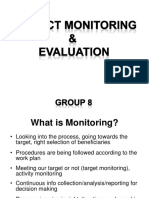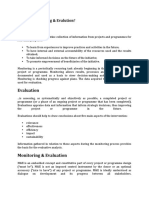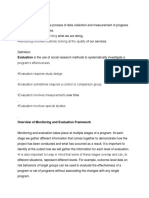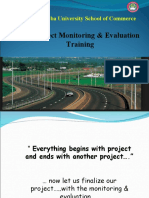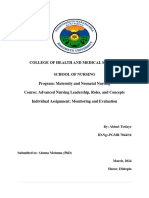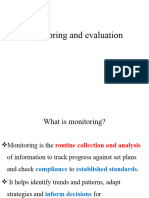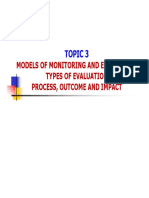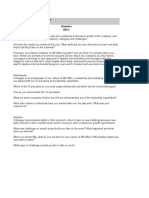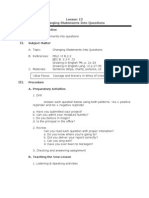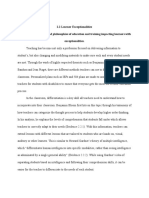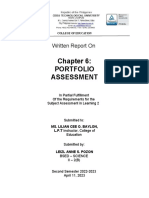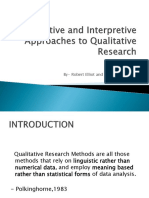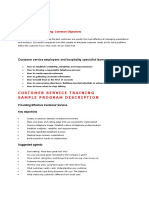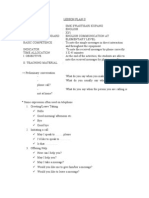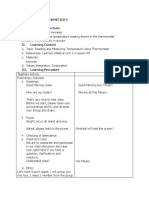0% found this document useful (0 votes)
56 views8 pagesAgExt Module 13
The document discusses the importance of monitoring and evaluation (M&E) in agricultural extension programs, highlighting that many organizations neglect these functions. It outlines the definitions, purposes, and differences between monitoring and evaluation, as well as various types of M&E studies and methods for data collection. The module aims to educate students on the roles of M&E in improving program effectiveness and accountability.
Uploaded by
Marc Lorenz EstenzoCopyright
© © All Rights Reserved
We take content rights seriously. If you suspect this is your content, claim it here.
Available Formats
Download as PDF, TXT or read online on Scribd
0% found this document useful (0 votes)
56 views8 pagesAgExt Module 13
The document discusses the importance of monitoring and evaluation (M&E) in agricultural extension programs, highlighting that many organizations neglect these functions. It outlines the definitions, purposes, and differences between monitoring and evaluation, as well as various types of M&E studies and methods for data collection. The module aims to educate students on the roles of M&E in improving program effectiveness and accountability.
Uploaded by
Marc Lorenz EstenzoCopyright
© © All Rights Reserved
We take content rights seriously. If you suspect this is your content, claim it here.
Available Formats
Download as PDF, TXT or read online on Scribd
/ 8






